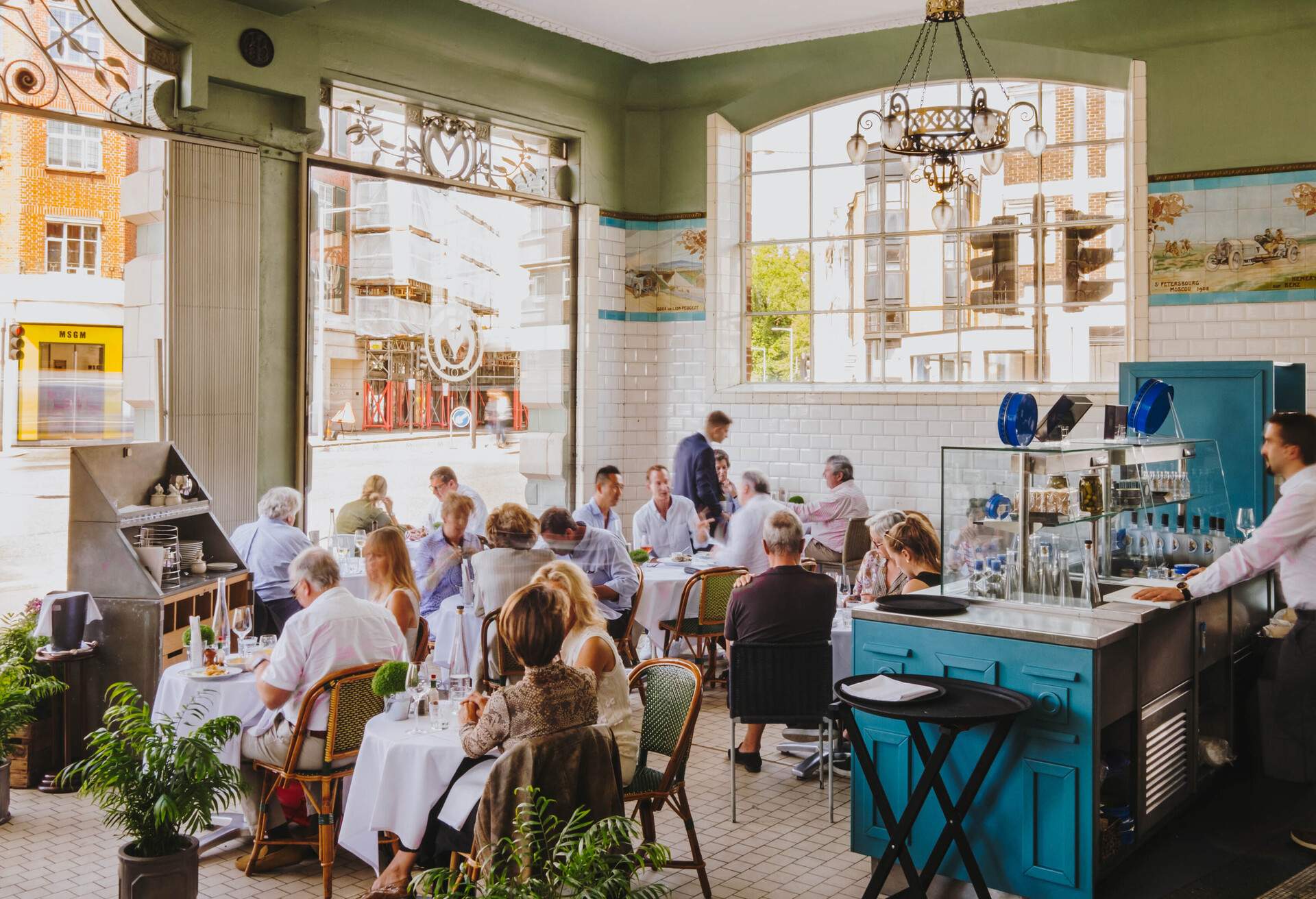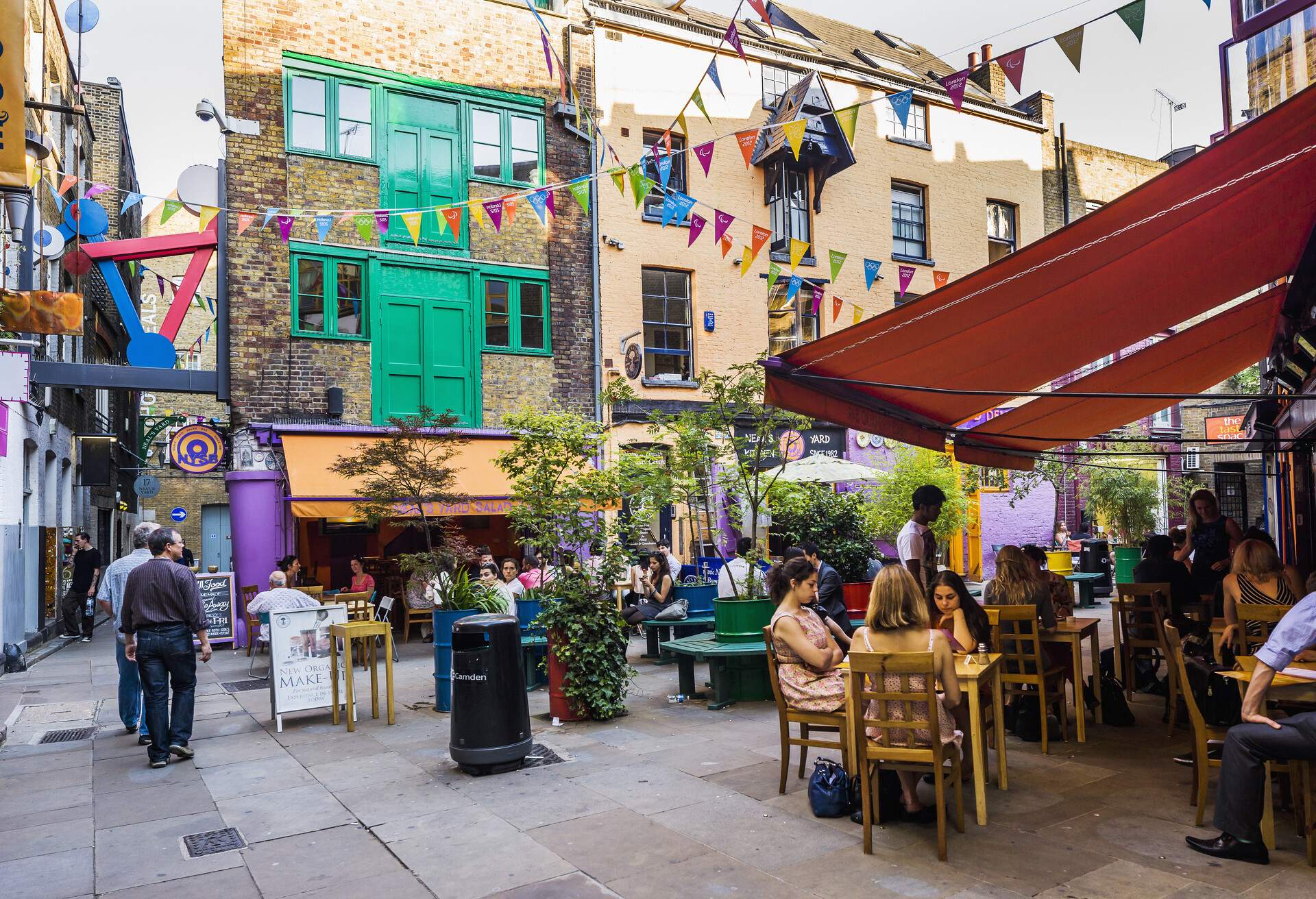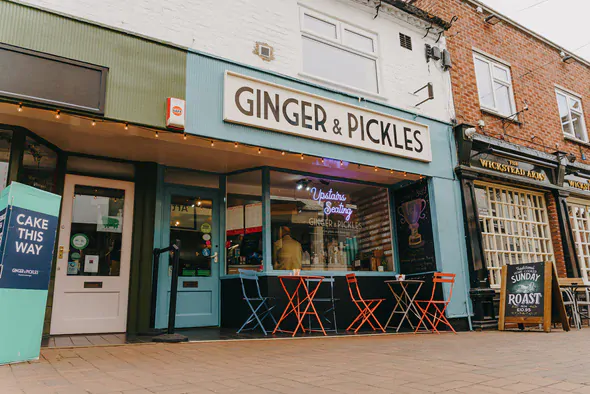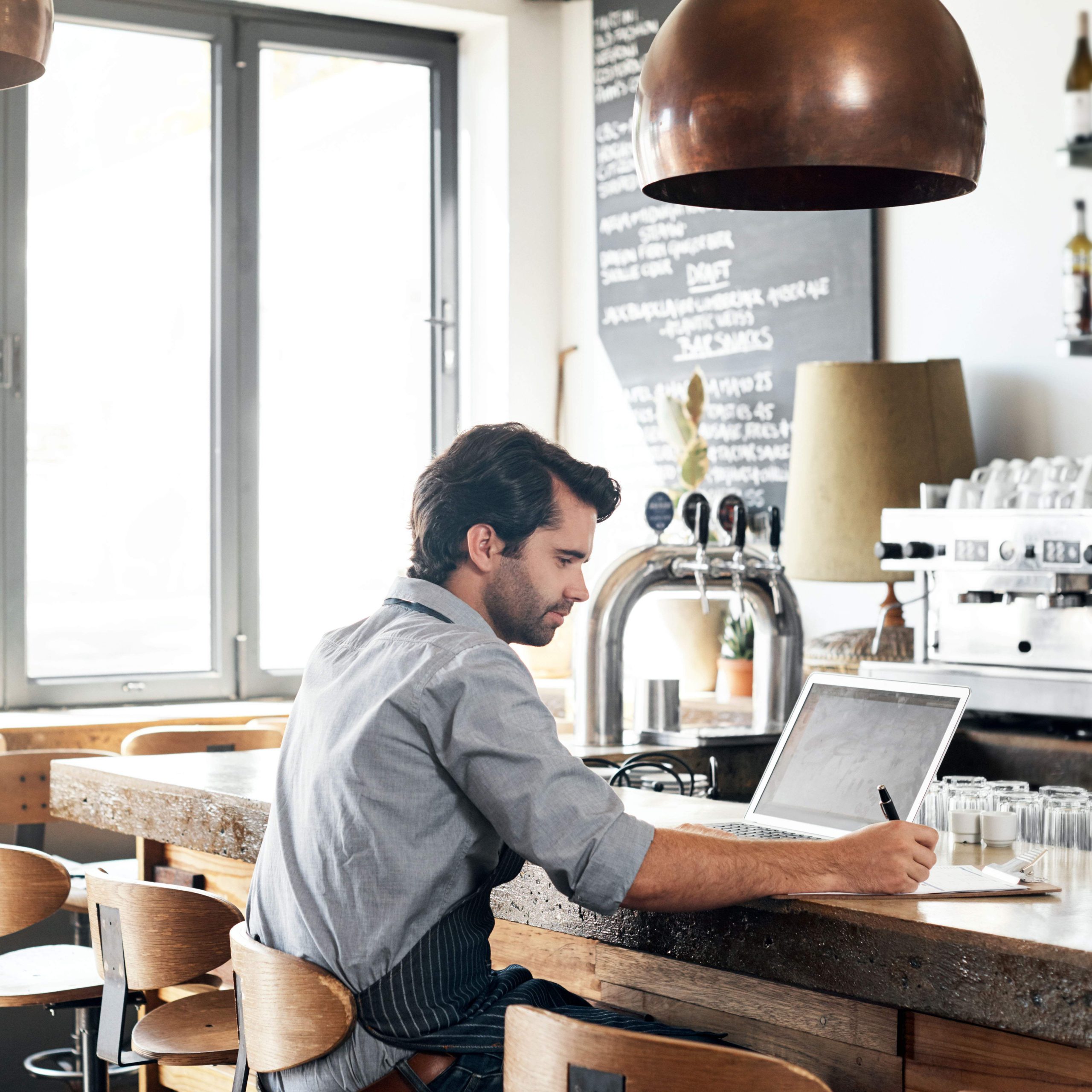Finding the perfect site is one of the most important yet difficult aspects of launching a successful restaurant. An amazing menu and talented chef can fail to build a loyal diner base if the location falls short. From visibility and accessibility to local area demographics, there are many factors that go into evaluating locations and what can help set your spot up for prosperity.
With that in mind, we’ve created this guide looking at how to find a restaurant location that stands out in the neighbourhood and truly pops.
Area demographics and competition
One of the first research steps for any restaurateur should involve analysing local area demographics to understand potential customer bases. Examining factors like average income levels, age, and household types offers insights on likely diner lifestyles, spending tendencies and cuisine preferences, all of which should factor into your decision-making.
Additionally, investigating other restaurants that already exist nearby will help reveal the level of direct competition trying to attract the same diners. If five other Italian restaurants are within a half-mile radius, for example, building a sixth risks oversaturating market demand. But spotting a particular cuisine lacking representation despite having residents craving those specific flavours could present opportunities that may be worth seizing.
Thoroughly understanding the inherent demand dynamics along with competitive forces in play lets you tailor your concept appropriately. Whether creating a special occasion fine dining spot amid affluent suburbs or a grab-and-go lunch café catering to a bustling financial district, the numbers should guide location planning.
Talking of the competition …
The ideal spot for your restaurant is usually an area surrounded by other restaurants. The rationale is simple: if nearby establishments are thriving, it indicates that the location appeals to the demographic you’re targeting. Therefore, it’s wise to look for available spaces in these areas, whether it’s on the same street or even right next to an existing establishment, such as an area where there is a row of restaurants relying heavily on foot traffic.
It’s great to think that guests will plan to dine at your restaurant well in advance, but these diners represent only a portion of your potential clientele. Many of your guests will be walk-ins, and some might even come to your restaurant after facing long wait times at another nearby place. The higher the foot traffic around your restaurant, the better it is for your business. Saying that, it’s still probably not wise to open a restaurant right next door to another serving the same cuisine.
Evaluate site visibility and accessibility
The fact that ‘location, location, location’ remains a ubiquitous real estate mantra certainly applies to selecting restaurant sites as well. Choosing a spot with high visibility from busy thoroughfares or prominent foot traffic areas brings exposure and impulse drop-in potential. Sites such as corner spots, transportation hubs, and waterfront dining help guests notice a new place to eat while going about their normal travel routes.
Add convenience to that visibility, like the venues that customers pass during daily shopping errands or regular commutes, and the frequency of enticing those future regulars increases even more through sheer proximity. You should also evaluate accessibility factors for your own staff and vendors. A location may get plenty of pedestrian interest, but it proves problematic for routine deliveries like food supplies due to a lack of necessary loading zones or a challenging turn radius for trucks.
Finding the right balance between customer visibility and operational functionality may take some work, but when done right, it paves the way for long-term success by getting the fundamentals correct from day one. What good is endless street views if your own workers can’t even access the venue?

What’s in a space?
When evaluating potential restaurant spaces, the size and layout should align closely with your service style, seating capacity goals and anticipated operations. As you tour spaces, look beyond the blank slate to envision how your concept could take shape inside.
Carefully examine the full square footage, including potential build-outs or expansions. A large, open floor plan allows flexibility for designing differing seating arrangements, though build-outs can get expensive. More intimate spaces may better suit small delis or takeaway spots. Make sure to account for necessary back-of-house areas like kitchens, storage and restrooms in your plans as well.
Consider menu and service style, too – a bustling spot turning over tables quickly needs less real estate per guest than a fine dining venue with expanded courses. Similarly, the ease of newly constructing a kitchen versus retrofitting old equipment can impact costs greatly. If developing in a shopping centre or food hall, public seating may supplement your footprint.
While blank spaces allow vision, they also anticipate costs of lighting installations, new flooring, and dated remodelling designs. What facade and signage options exist to draw eyes from the street? Do windows allow curious passersby to gaze in? Well-placed spaces inspire walk-ins even in slower locations.
In addition to the physical site, check zoning codes, health departments and landlord regulations for uses, capacity limits licences to frame what’s realistically permitted. While appearance matters, legal parameters also guide function.
Ultimately, the space must facilitate seamless operations and guest experiences aligned with the concept and vision. Keep your unique menu, service style and brand aesthetic at the forefront when assessing the shell of a space to bring that vision home.
Assess potential customer traffic flow
When considering the viability of a restaurant location, estimating the number of prospective customers that could realistically pass by your establishment each day is important. As you narrow down your options, be sure to evaluate potential foot traffic from multiple angles.
Pedestrian counts
If possible, directly observe the number of pedestrians walking past a site at different times of day. Weekday lunch versus Saturday dinner can see huge differences in volume. Pay attention to nearby large employers, colleges, transport stops, parking garages or other pedestrian generators.
Drive-by traffic
While walk-ins are ideal, drive-by traffic can also indicate customer proximity and awareness. Estimate cars per hour during peak times. Just 5,000 vehicles a day on smaller neighbourhood streets can be sufficient if other factors line up.
Access points
Major thoroughfares clearly drive more eyes past your space but can also feel less welcoming. Meanwhile, tucked-away spots rely heavily on signage, convenient access and clear sight lines to attract guests from the main road. Balance visibility with approachability.
Median incomes
While above-average income suggests more disposable cash, lower-income neighbourhoods can also support successful, affordable venues. Match your concept to the surrounding demographic’s dining budget and tastes.
Ideally, use first-hand observations during your site visits, along with available traffic studies or maps, to gauge potential customer flows. Combining quantitative transportation data with in-person qualitative factors allows for a more complete assessment before signing any lease. With some legwork and analysis, you can evaluate whether the humans flowing past a location make for a viable customer base.
Evaluate neighbourhood security and safety dynamics
Opening a restaurant in an up-and-coming part of town might seem like a good idea, but it’s important to do your research first. This is especially true when it comes to crime statistics and the general safety dynamics of an area.
Look up crime stats, talk with neighbourhood watch groups and learn about security in the area, from street cameras to the local community police support network. Protecting guests should be the number one priority, and you want them to feel safe.
You should also think about the practical stuff, too. Make sure late-night bartenders aren’t stuck catching the last bus or stranded without safe transport access. Being in a secure location builds trust and makes guests feel invested and cared for.
Check local zoning, licensing and regulations
While assessing area demand and traffic patterns helps provide clues to viability, restaurant owners must clear all the legal hurdles before securing any site. This due diligence provides assurance that your concept fits within the allowable property usage designations and community expectations. In areas mainly for shops and businesses, it’s easier to get permission for food services because the planning rules already allow for it. But in areas with both homes and businesses, getting permission can be harder and needs more careful checking.
Also, don’t think that just because a building was used for another restaurant before means that you can easily get permission to use it again. And if you change a clothes shop into a restaurant, you still need new permits even though the use is similar. Before signing a lease, make sure to get all the necessary permits for a new restaurant, alcohol licences if you plan to serve alcohol, music permissions, register with HMRC and comply with local health codes. This ensures everything is legal.
Thorough vetting eliminates unwanted surprises down the road, which could halt even well-intended restaurant plans after significant financial investments are made. Verifying all boxes ticked early is worth extra patience initially.
Account for historic preservation obligations
When looking for a venue, it’s easy to fall in love with the tavern housed in an old stone abbey or café in a conserved Georgian row house. These types of properties are bursting with charm, after all. But many of them tend to be listed sites –it’s estimated that there are more than 500,000 listed buildings in the UK.
While these buildings look great, they often can’t be altered and cause headaches due to renovation and redecoration restrictions. If, however, you find a perfect place that just so happens to be in a listed building, you may need to work with local trusts about what you can and can’t modify.
There are plenty of restaurants housed inside listed buildings, and it’s certainly not as uncommon as you might think. Take Bibendum in Fulham. It finds itself in an elegant home within a historic three-story Georgian townhouse with original period details like intricate cornices, large sash windows and carved marble fireplaces that transport diners to early 19th century London, complementing Bosi’s refined French-inspired tasting menus with old-world splendour and grace.
If you find yourself looking at a listed site, the goal is to do your due diligence and ensure it won’t cause you problems, be it capacity issues, renovation restrictions or anything else.

Bonus: is your spot social media savvy?
Social media has become such an integral part of any restaurant’s marketing strategy that it’s now common for spots to factor in a location’s social medianess, if you will. That’s not to say you choose a location based on how Instagrammable it is, but finding somewhere with social media appeal when everything else aligns can do wonders for your online presence.
Summary: the ideal location
Picking a location is one of the hardest choices you’ll make when opening a restaurant. It takes time, patience and a thorough understanding of what you want from a restaurant site. But it’s worth the effort. Get the location right, and it makes everything else that little bit easier.




